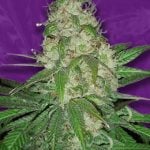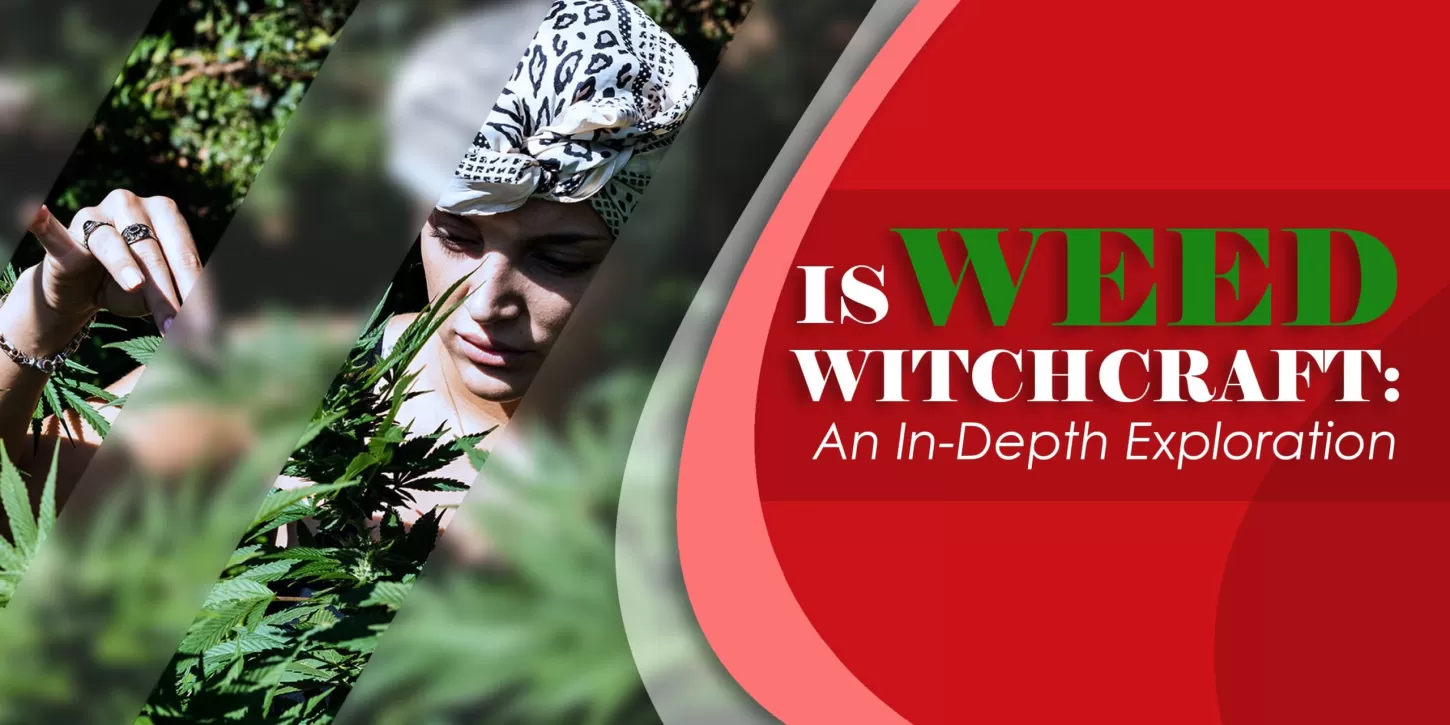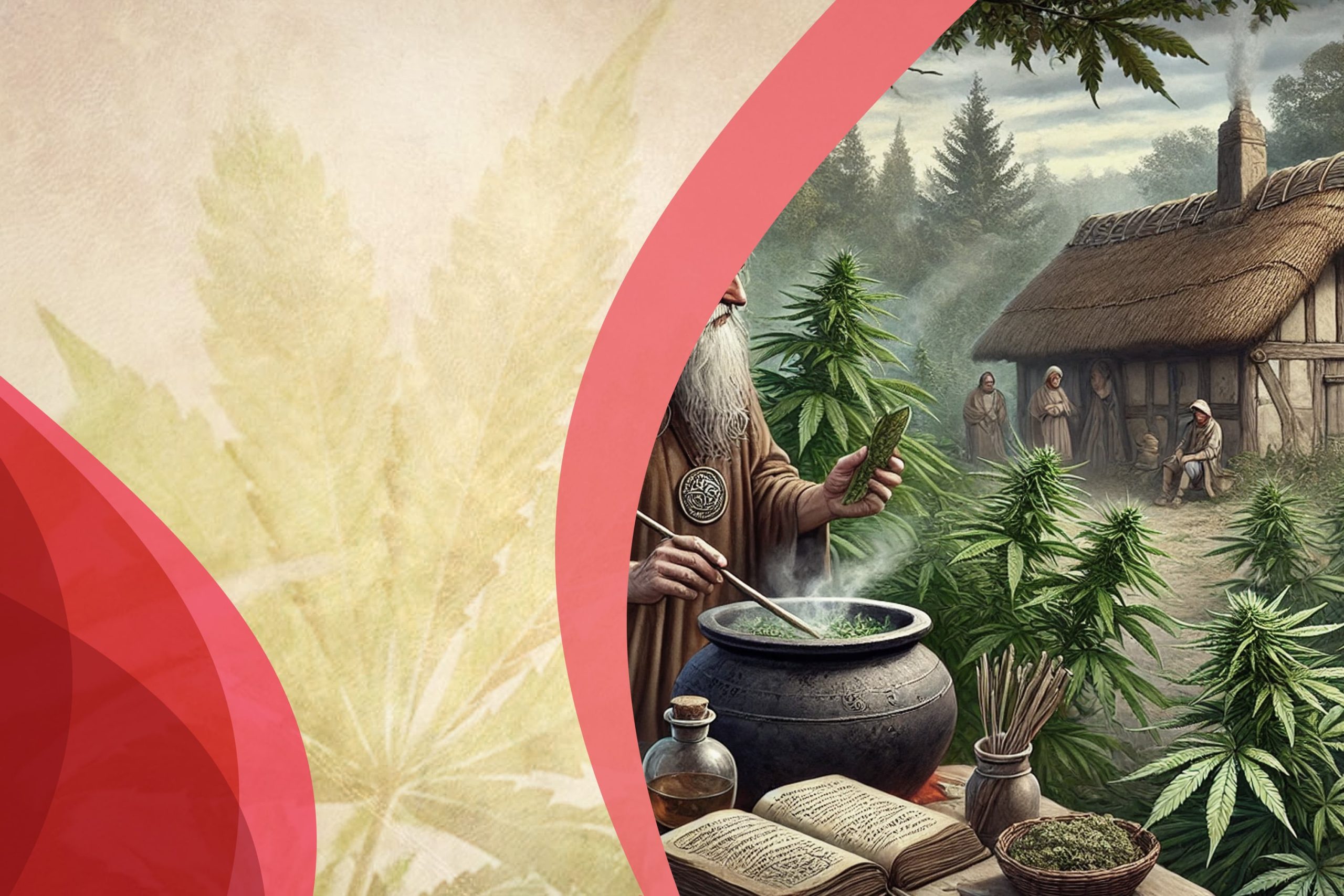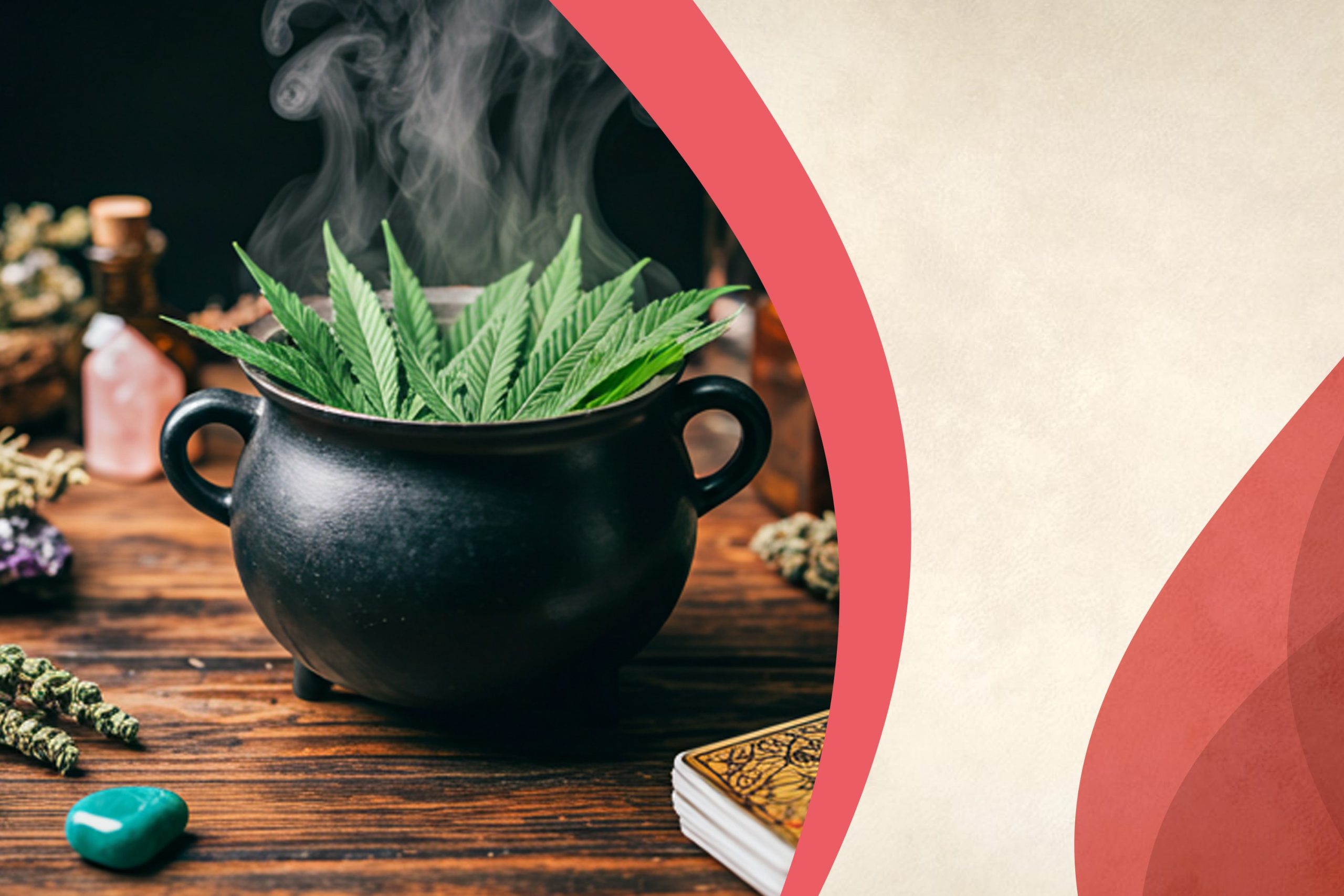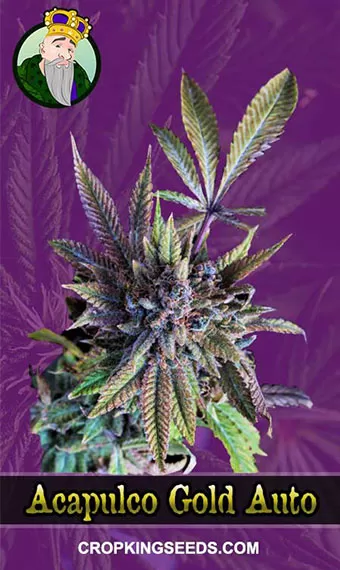Table of Contents
ToggleWitchcraft has fascinated and mystified cultures throughout history. At the heart of many mystical practices lies the intriguing role of cannabis, a plant that has been revered and feared in equal measure. We delve into the fascinating world of cannabis and its profound connection to witchcraft, examining how ancient traditions blend with modern practices to create a powerful spiritual tool. This article explores the historical context, ritualistic applications, and the contemporary perspectives on the enduring partnership between cannabis and witchcraft.
Understanding the Historical Roots of Cannabis in Witchcraft
Ancient Civilizations: The Birth of a Mystical Relationship
The historical use of cannabis in witchcraft is deeply rooted in ancient civilizations. The Gaddi people of India utilized cannabis in their rituals, considering it a medium for divination and spiritual enlightenment. Similarly, Germanic Pagans viewed hemp not just as a plant but as a sacred entity. They integrated it into their daily lives, crafting garments for the deceased, symbolizing respect for the afterlife. Norse mythology also acknowledges cannabis through the goddess Freya, who is associated with love, fertility, and magic.
These early connections underscore the reverence ancient cultures had for cannabis, seeing it as more than a mere plant but as a gateway to the spiritual realm. This view set the stage for the plant’s integral role in witchcraft, where it was used to alter consciousness and connect with the divine.
The Global Influence: Cannabis Across Cultures
Cannabis’ role in witchcraft wasn’t limited to a single region. In ancient Greece, the Oracle of Delphi inhaled smoke from psychoactive plants, including cannabis, to enter trance states and communicate with the gods. This practice mirrors the use of cannabis in ancient Chinese spiritual practices, where it was valued for its ability to induce visions and enhance meditation. These global perspectives highlight cannabis’s universal appeal as a tool for transcending the ordinary and accessing the mystical.
Middle Ages: The Shift from Reverence to Rejection
The Middle Ages marked a significant turning point in the perception of cannabis within witchcraft. The Catholic Church’s increasing influence led to the demonization of practices involving cannabis, associating them with heresy and witchcraft. The Papal ban on marijuana further cemented its reputation as a tool of the occult, aligning it with the dark arts and leading to widespread fear and persecution. This period saw the beginning of a lasting stigma around cannabis, linking it to witchcraft and reinforcing its image as a forbidden substance.
The Role of Cannabis in Modern Witchcraft
Cannabis as a Tool for Spiritual Connection
Today, many modern witches continue to embrace cannabis for its psychoactive properties, which facilitate altered states of consciousness. THC, the active component in cannabis, is used to enhance meditation, cleanse spaces, and connect with spiritual entities. Smoke Cleansing, similar to smudging, is a popular practice where cannabis smoke is used to purify an environment, preparing it for ritual work. This method not only purifies the space but also prepares the mind, creating a conducive atmosphere for spiritual activities.
Ritualistic Uses: From Offerings to Spellcasting
Cannabis serves multiple purposes in witchcraft rituals. It is often placed on altars as an offering to deities, seeking blessings, protection, and favor. The act of blessing the cannabis itself before use is a ritualistic practice that adds layers of intention and reverence, aligning the practitioner’s energies with the spiritual properties of the plant. Different strains of cannabis are chosen for specific rituals—Indica for its calming effects in meditative and healing rituals, and Sativa for its stimulating effects in spells aimed at manifestation and creativity.
Cannabis as a Meditative Aid
Meditation is a cornerstone of many spiritual practices, and cannabis is frequently used to deepen this experience. Its ability to induce a trance-like state allows witches to enter meditative spaces more easily, enhancing their ability to communicate with spiritual entities and explore inner consciousness. The psychoactive effects of cannabis can facilitate the journey into these altered states, making it a valuable tool for those seeking to expand their spiritual awareness and engage in introspection.
The Elemental Connection: Cannabis and Nature’s Forces
Embracing the Elements: Earth, Fire, Water, and Air
In witchcraft, cannabis is revered for its strong connection to the elements—Earth, Fire, Water, and Air. The plant itself embodies Earth, symbolizing growth and life. The act of lighting cannabis relates to Fire, a transformative element. Water plays a role in its cultivation and is symbolized in rituals using water pipes. Air is represented in the smoke, carrying prayers and intentions to the spiritual realm. This multifaceted connection enhances the spiritual journey, aligning the practitioner’s rituals with the natural forces of the universe.
The Symbolic Significance in Rituals
Cannabis’s elemental connections make it a powerful symbol in various witchcraft rituals. By incorporating the plant into their practices, witches can invoke the essence of these elements, creating a holistic approach to their craft. This connection not only amplifies the effectiveness of rituals but also fosters a deeper appreciation for the natural world and its cycles.
The Multifaceted Use of Cannabis in Rituals
Healing and Well-being: Cannabis in Healing Spells
Cannabis’s medicinal properties are well-known, making it a natural choice for healing rituals in witchcraft. Whether used in tinctures, teas, or directly smoked, cannabis helps witches tap into its healing energies to address both physical and emotional ailments. Rituals may involve the use of Indica strains to promote relaxation and healing, integrating the plant’s soothing effects with the spiritual components of the ritual.
Love and Attraction: Cannabis in Love Spells
The aphrodisiac qualities of cannabis have made it a staple in love spells and sex magic. By choosing specific strains, witches tailor their rituals to enhance passion, attraction, and emotional connections. Indica strains, known for their calming effects, may be used to create a soothing, romantic atmosphere, while Sativa strains can elevate energy levels, intensifying the emotions and experiences within love rituals.
Personalization and Divine Blessings
Witches often personalize their use of cannabis, blessing it before rituals to seek divine favor. This practice involves calling upon specific deities, infusing the cannabis with their energy and intentions. The ritual of blessing adds a spiritual dimension, transforming the act of smoking into a sacred practice. This personalization ensures that each ritual is unique, reflecting the individual needs and desires of the practitioner.
Contemporary Views on Cannabis and Witchcraft
The Evolution of Perception
The perception of cannabis within witchcraft has evolved significantly over time. Once viewed as a tool of the occult, its spiritual benefits are now being recognized and embraced by modern witches. As cannabis becomes more accepted in mainstream society, its use in spiritual practices is gaining legitimacy. This shift highlights a growing understanding of the plant’s potential to enhance spiritual experiences, bridging ancient practices with modern spirituality.
Integrating Tradition with Modernity
Modern witches continue to draw inspiration from ancient traditions, integrating cannabis into their practices to honor their spiritual heritage. The use of cannabis reflects a continuity of practices that have endured through centuries, adapting to the changing cultural landscapes while maintaining their core spiritual significance. This integration of tradition and modernity enriches the practice of witchcraft, allowing practitioners to explore new dimensions of their spirituality.
Conclusion: The Enduring Magic of Cannabis in Witchcraft
The relationship between cannabis and witchcraft is a testament to the plant’s enduring mystical appeal. From ancient rituals to modern practices, cannabis continues to play a significant role in spiritual exploration and ritual work. Its ability to alter consciousness, enhance meditation, and connect with the divine makes it a powerful tool for witches seeking to deepen their spiritual practices. As society’s perception of cannabis evolves, its mystical connection with witchcraft remains, offering a bridge between the ancient and the contemporary.
FAQs
Q: Can cannabis be used in all types of witchcraft rituals?
A: Not all witches use cannabis in their rituals. Its use depends on the practitioner’s intent and the specific nature of the ritual. Some may use it for meditation, others for healing, and some may not use it at all.
Q: Is cannabis essential for practicing witchcraft?
A: No, cannabis is not essential. Many witches practice without it, using other tools and methods. Its use is a personal choice based on individual beliefs and preferences.
Q: Do different strains of cannabis serve different purposes in rituals?
A: Yes, Indica strains are generally used for relaxation and healing, while Sativa strains are preferred for rituals requiring energy and focus. The choice of strain is tailored to the desired outcome of the ritual.
Q: Why is cannabis associated with the elements in witchcraft?
A: Cannabis embodies all four elements—Earth, Fire, Water, and Air—making it a powerful symbol in witchcraft. This connection enhances the spiritual experience by aligning the practitioner’s energies with the natural world.
Q: How has the perception of cannabis in witchcraft changed over time?
A: Historically, cannabis was associated with witchcraft and demonized. However, modern views are increasingly recognizing its spiritual benefits, integrating it into practices as a tool for spiritual growth and exploration.







